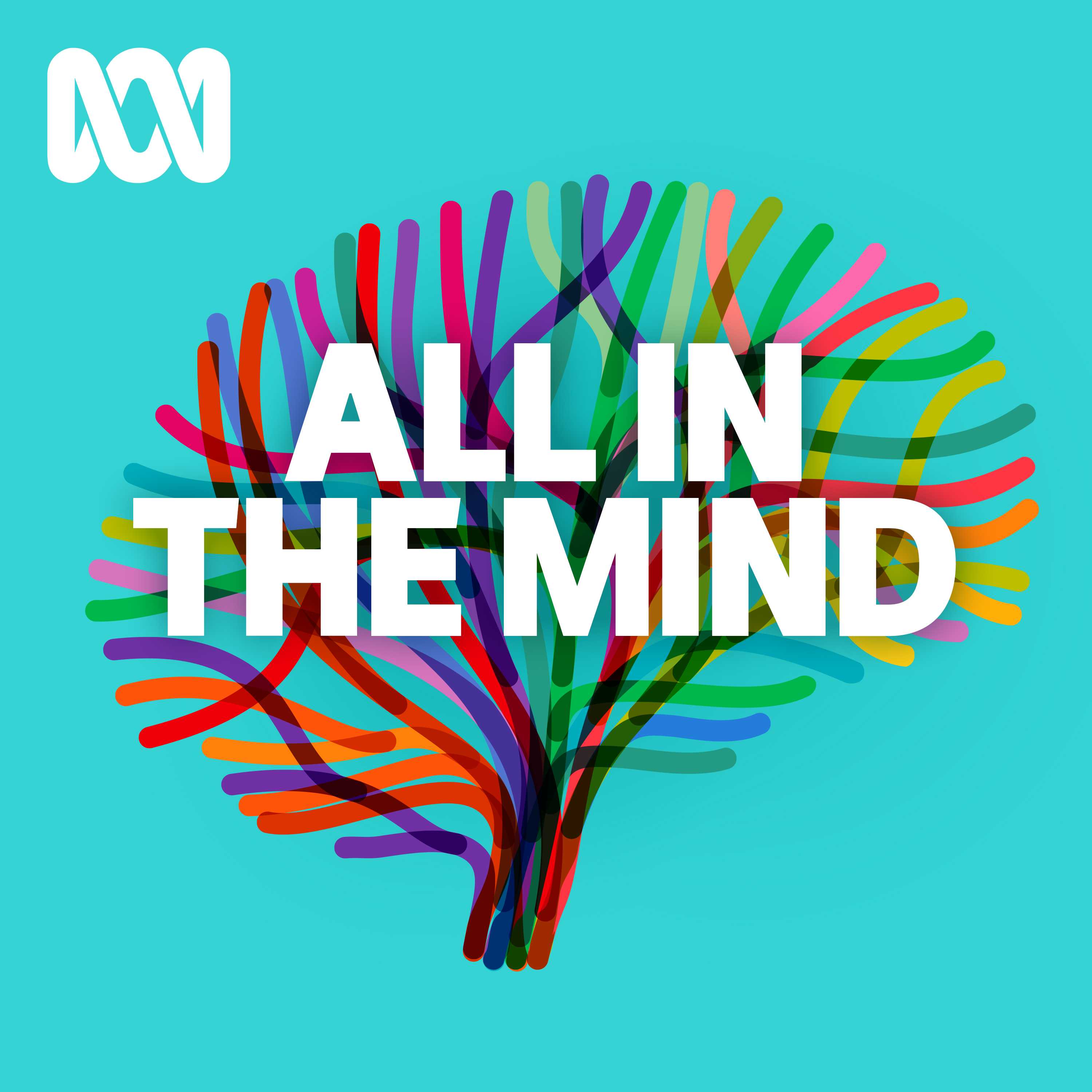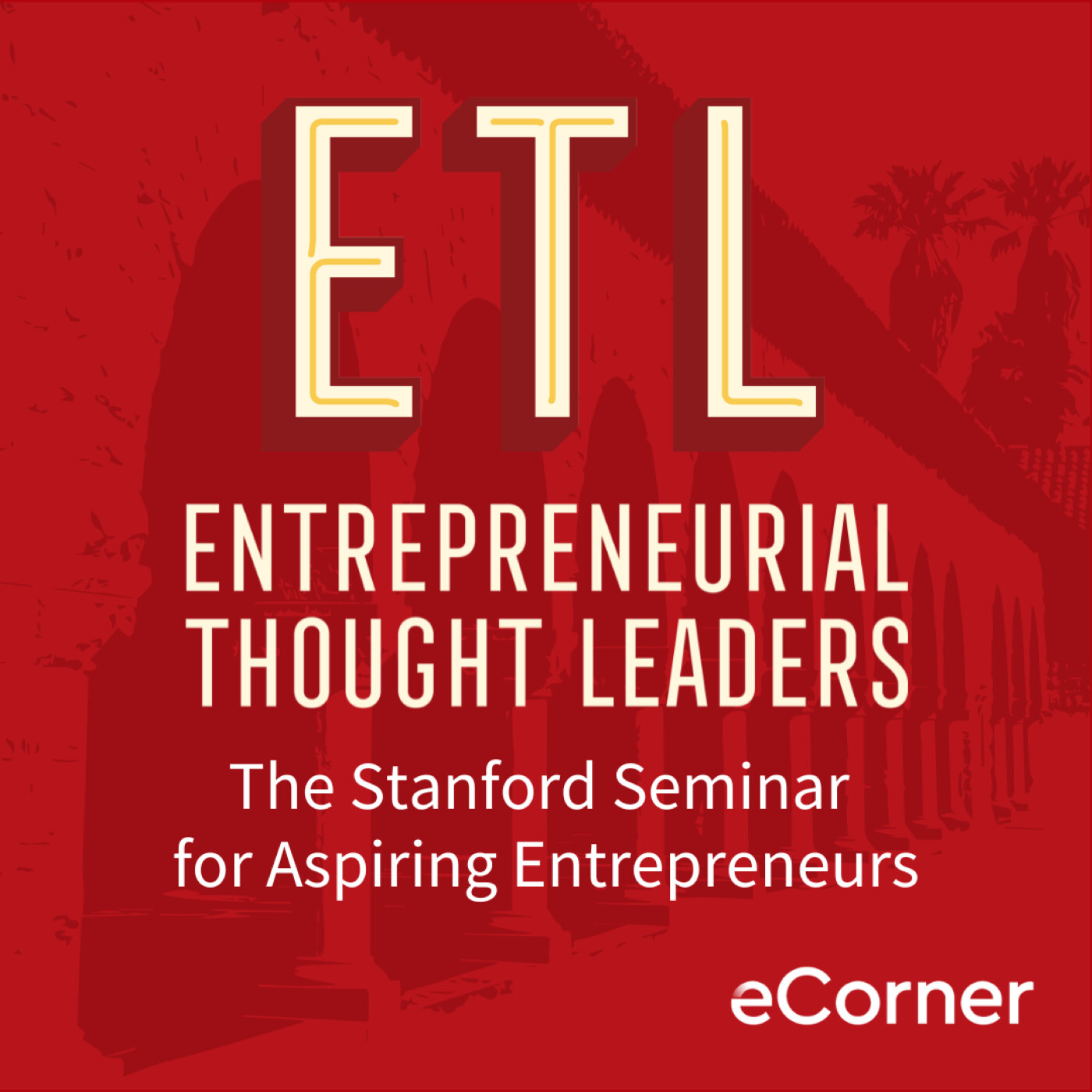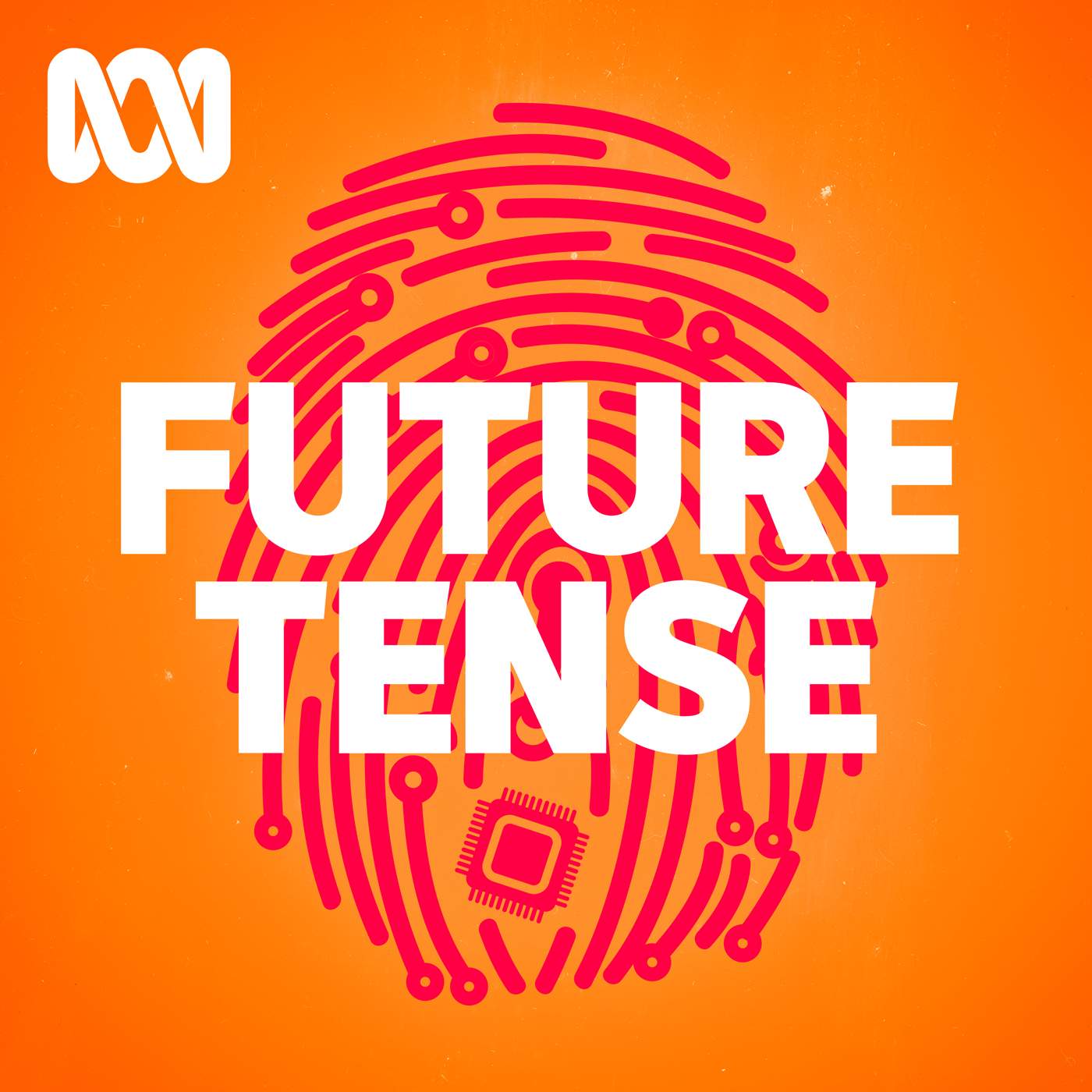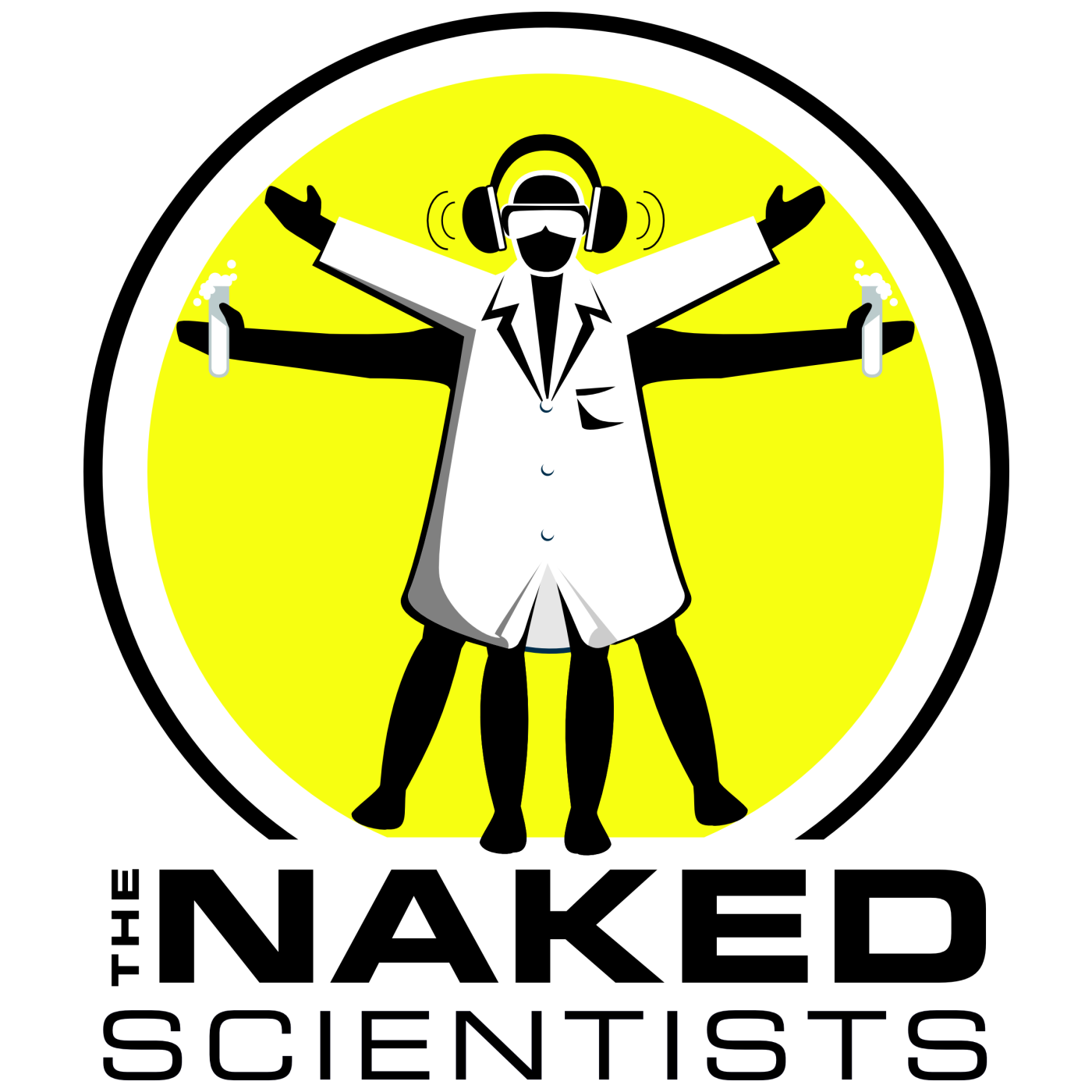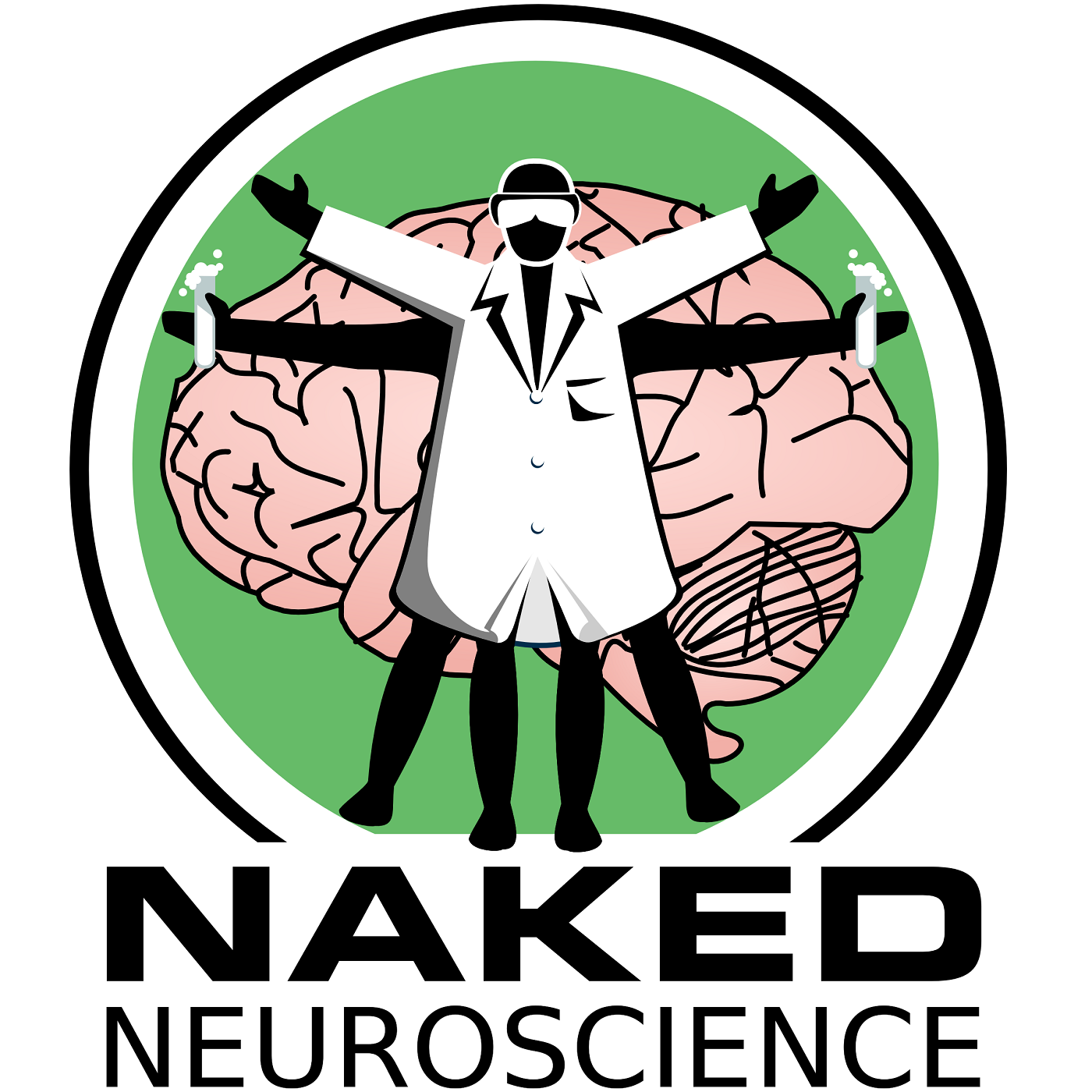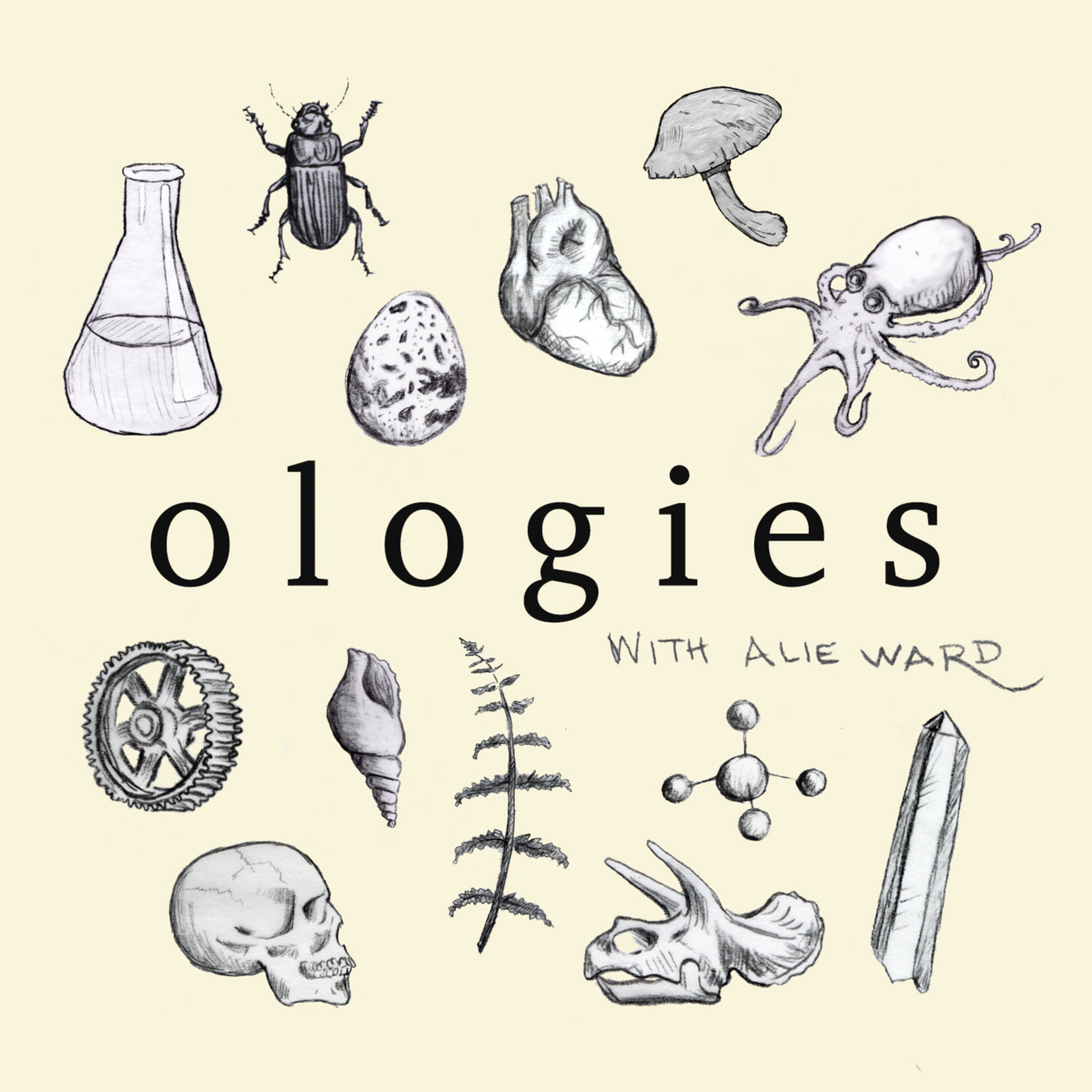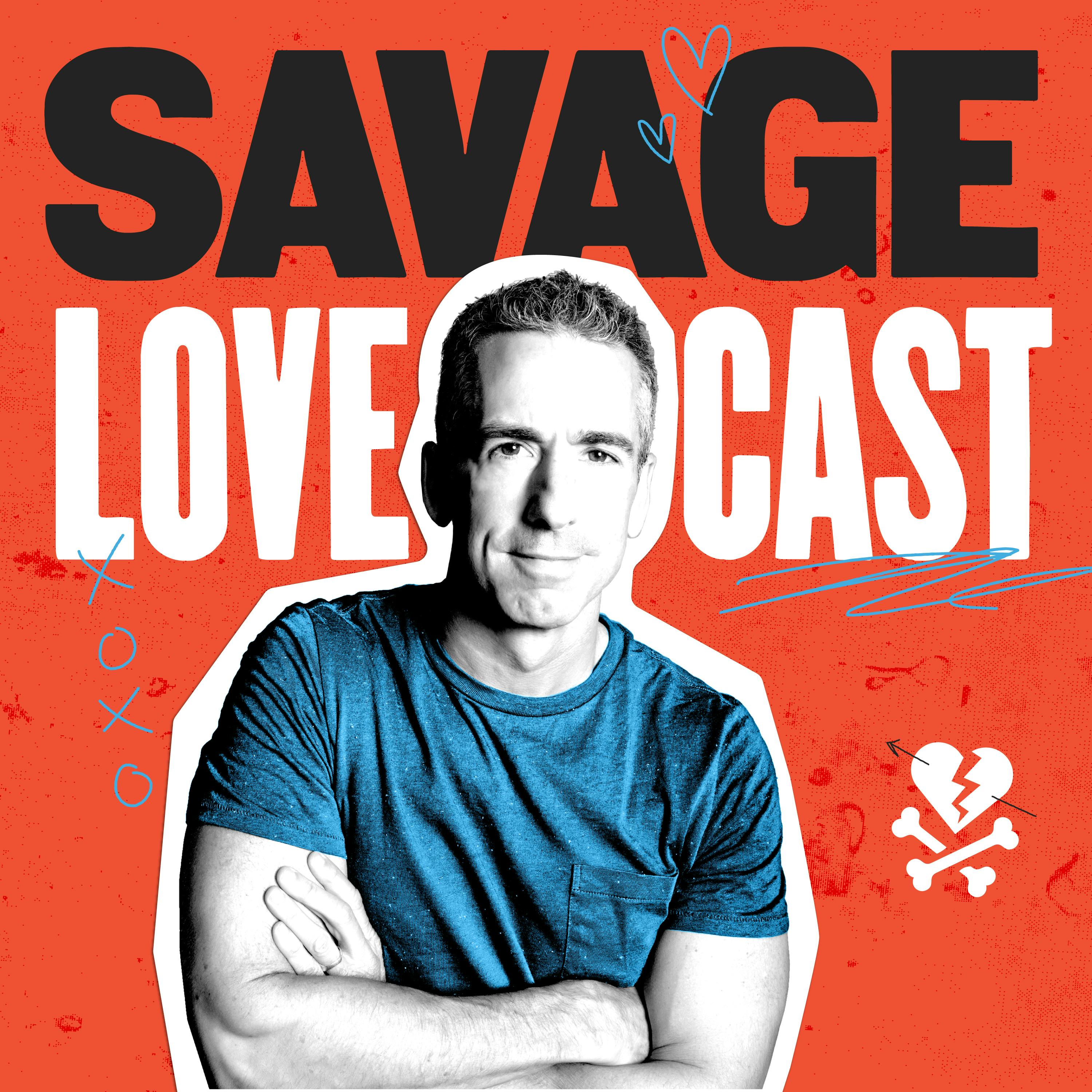
Heliox: Where Evidence Meets Empathy 🇨🇦
Join our hosts as they break down complex data into understandable insights, providing you with the knowledge to navigate our rapidly changing world. Tune in for a thoughtful, evidence-based discussion that bridges expert analysis with real-world implications, an SCZoomers Podcast
Independent, moderated, timely, deep, gentle, clinical, global, and community conversations about things that matter. Breathe Easy, we go deep and lightly surface the big ideas.
Curated, independent, moderated, timely, deep, gentle, evidenced-based, clinical & community information regarding COVID-19. Since 2017, it has focused on Covid since Feb 2020, with Multiple Stores per day, hence a sizeable searchable base of stories to date. More than 4000 stories on COVID-19 alone. Hundreds of stories on Climate Change.
Zoomers of the Sunshine Coast is a news organization with the advantages of deeply rooted connections within our local community, combined with a provincial, national and global following and exposure. In written form, audio, and video, we provide evidence-based and referenced stories interspersed with curated commentary, satire and humour. We reference where our stories come from and who wrote, published, and even inspired them. Using a social media platform means we have a much higher degree of interaction with our readers than conventional media and provides a significant amplification effect, positively. We expect the same courtesy of other media referencing our stories.
Heliox: Where Evidence Meets Empathy 🇨🇦
🤔 What SARS-CoV-2 Teaches Us About Human Certainty
See corresponding substack episode
How a microscopic invader exposed our dangerous addiction to simple stories
We love our neat packages. Lock and key. Good and evil. Us and them. Simple cause, simple effect. It's how we make sense of a world that often refuses to cooperate with our need for clarity. But what happens when reality insists on being messier than our metaphors?
The story of how SARS-CoV-2 actually enters our cells—not the story we told ourselves for years, but the one scientists are finally piecing together—is a masterclass in human hubris disguised as molecular biology. It's also a warning about what happens when we mistake our first draft of understanding for the final truth.
Nanoscopy Reveals Heparan Sulfate Clusters as Docking Sites for SARS-CoV-2 Attachment and Entry
This is Heliox: Where Evidence Meets Empathy
Independent, moderated, timely, deep, gentle, clinical, global, and community conversations about things that matter. Breathe Easy, we go deep and lightly surface the big ideas.
Thanks for listening today!
Four recurring narratives underlie every episode: boundary dissolution, adaptive complexity, embodied knowledge, and quantum-like uncertainty. These aren’t just philosophical musings but frameworks for understanding our modern world.
We hope you continue exploring our other podcasts, responding to the content, and checking out our related articles on the Heliox Podcast on Substack.
About SCZoomers:
https://www.facebook.com/groups/1632045180447285
https://x.com/SCZoomers
https://mstdn.ca/@SCZoomers
https://bsky.app/profile/safety.bsky.app
Spoken word, short and sweet, with rhythm and a catchy beat.
http://tinyurl.com/stonefolksongs
Curated, independent, moderated, timely, deep, gentle, evidenced-based, clinical & community information regarding COVID-19. Since 2017, it has focused on Covid since Feb 2020, with Multiple Stores per day, hence a large searchable base of stories to date. More than 4000 stories on COVID-19 alone. Hundreds of stories on Climate Change.
Zoomers of the Sunshine Coast is a news organization with the advantages of deeply rooted connections within our local community, combined with a provincial, national and global following and exposure. In written form, audio, and video, we provide evidence-based and referenced stories interspersed with curated commentary, satire and humour. We reference where our stories come from and who wrote, published, and even inspired them. Using a social media platform means we have a much higher degree of interaction with our readers than conventional media and provides a significant amplification effect, positively. We expect the same courtesy of other media referencing our stories.
OK, let's unpack this. For a long time, the scientific community and probably you listening believe we had the fundamental steps of SARS-CoV-2 infection pretty well mapped out. You know, the virus latches onto a specific receptor, ACE2, much like a key finding its perfect log and bam, it's in. Right. That was the prevailing model. Felt elegant, didn't it? Straightforward. Exactly. And for a while, it really was the accepted blueprint for how this notorious virus invaded ourselves. Maybe a little too neat, as science often reminds us. Yeah, neat packages often hide complexity. So what if that key and lock idea isn't quite right for that very first step? What if there's, I don't know, a different doorman, maybe even a bouncer that the virus interacts with first? That's exactly the crux of it. That's precisely what your sources are diving into, revealing a truly surprising new blueprint for how this virus gets inside us. Our mission today is to extract the most important, maybe paradigm-shifting insights from your research on SARS-CoV-2 cell entry. We'll be focusing on the redefined roles of two key players, ACE2 and something called heparin sulfate. Two crucial molecules, but maybe not in the order we assumed. Right. So to really appreciate this shift, let's quickly recap what we thought we knew the established understanding. Good idea. Lay the groundwork. The consensus has been that the SARS-CoV-2 virus... specifically its distinctive spike protein, the S protein, primarily binds to angiotensin converting enzyme 2, or ACE2. That's the receptor on our host cells. And that binding was seen as the critical first step, the initial handshake for infection. Exactly. What's truly interesting, though, is that even in those earlier studies, like the one discussed in Engaging the Spikes by Chalra and Kanamala, they were building on research by Clausen and others... scientists had already started to notice something else. Oh, what was that? Well, they observed that heparin sulfate, or HS, which is a type of complex sugar molecule, part of our cell surfaces played an important role. Okay. At the time, though, it was seen more as a necessary cofactor. Think of it like an assistant, maybe. helping the main player, the spike protein, get into just the right position to bind effectively to ACE2. So not the main event, but helping set the stage. Precisely. HS itself is technically a glycocalyx polysaccharide. Basically a long, complex sugar chain with a strong negative charge. You find it on the cell membrane, or in the stuff surrounding the cells, the extracellular matrix. Right, got it. And back then, the proposed role was quite clever. It was thought to interact with the receptor binding domain, the RBD, that's the bit of the spike protein that contacts the cell, on the S1 subunit. And this interaction seemed to help the spike protein adopt an open shape, an open conformation. Making it easier for ACE2 to bind. Exactly. Thereby potentiating viral infection, as they put it, sort of gathering the virus, positioning it. Some even called it a virus collector. A virus collector. Interesting term. Yeah. And just to get a bit more specific, those negatively charged HS molecules, they interact strongly with positively charged amino acids on the spikes RBD. Things like arginine and lysine at specific spikes. So an electrical attraction pulling them together. Right. It looked like this cooperative effort where both HS and ACE2 binding sites could be engaged. Okay. So even back then, we knew HS was important, helping the virus bind more effectively, like a stagehand getting things ready. Exactly. But your newer source, this paper by Hahn et al., Nonoscopy, reveals heparin sulfate clusters as dunking sites. That title alone suggests something different. It sounds like it takes this understanding and kind of flips it on its head. It really does. This is where the paradigm shift happens. It forces us to ask, what if HS isn't just the assistant? What if it's actually the primary point of contact? The main door, not the helper opening it. Precisely. And the Hahn et al. research, using these incredibly powerful light microscopy techniques. Instead, in min-FLUX neuroscopy... Well, you mentioned those. They can see tiny things. Incredibly tiny, down to the nanometer scale, resolving individual virus particles and receptors. And what they found was, well, quite definitive. Heparin sulfate, not ACE2, mediates the initial SARS-CoV-2 cell surface attachment and the subsequent process of getting inside the cell endocytosis. Wow. Okay, so HS does the attaching and gets it inside. That's what their evidence strongly suggests. It's a fundamental change. The direct contradiction to the old model is clear. ACE2, the receptor we thought was doing all that initial work, it actually functions only downstream of HS. It's not involved in the initial attachment. It's not involved in getting the virus into the cell. Its crucial role comes later, enabling the virus's genetic material, its genome, to be expressed. That is a huge shift. Yeah. So if HS isn't just floating around randomly, how does the virus bind to it so effectively for this primary attachment? What did those fancy microscopes show? Oh, well, that's another fascinating part. It's not just random binding to any old HS molecule. SARS-CoV-2 specifically targets highly organized structures, clusters of HS molecules. Clusters, like little groups of them. Exactly. We're talking about roughly 6 to 137 individual HS molecules bundled together. They form these tall, negatively charged, HS-rich structures that can stick out, you know, project 60 to 410 nanometers above the cell surface. Wow, that's quite far on a cellular scale. It is. Imagine these tiny, briskly landing pads densely covering the cell surface, they calculated about one cluster per six square micrometers. Instead of a single lock, it's more like Velcro. Multiple points of contact. That's a great analogy. It provides what's called multivalent binding. Instead of one potentially weak handshake, the virus gets many simultaneous attachment points. Making that initial grab much stronger, much more likely. Much stronger and more stable than binding to just single HS molecules scattered around, like using multiple anchors for a ship, as you suggested earlier, rather than just one. Okay, that makes sense structurally. But how specific is this? Does the virus just grab onto any sugary molecule on the cell surface? No, and that's critical. The research showed this interaction is highly specific to HS. They tested other related sugar chains, other glycosaminoglycans or JAGs, like chondroitin sulfates, dermatane, keratin sulfates, and found weak or basically no binding to the SARS-CoV-2 spike proof. So it really prefers HS. It really does. And even more specifically, the sulfate groups within heparin, which is closely related to HS on tests, those were found to be essential for the interaction. It highlights just how specific this molecular handshake is. And is there experimental proof beyond just observing the binding? Absolutely. Crucially, when they used enzymes, heparinases, to basically chew up and remove HS from the cell surface, viral attachment dropped dramatically by 81 to 85%. Wow, that's a huge reduction. It is. And furthermore, when they used a drug that's already known to bind HS called Pixentrone, It's actually used clinically for other things. It strongly blocked attachment and subsequent infection by the Omicron JN.1 subvariant in human airway cells. JN1, so a very relevant variant. Exactly. And here's the kicker. When they tried blocking ACE2 with an antibody in those same experiments, it had no effect on the initial attachment. No effect at all. That really hammers home the point that ACE2 isn't the first contact. It strongly supports that conclusion. And it's also worth circling back that evolutionary point from cholera and kandimala. Right, the comparison with the first SARS virus. Yeah. SARS-CoV-2 actually evolved an enhanced ability, a stronger positive charge in the right places, to grab onto the negatively charged HS compared to SARS-CoV-1. Specific amino acid changes like lysine at 444 and asparagene at 354 seem to have made it better at latching onto aging. So it's specifically adapted to use this HS doorway more effectively. Seems that way. Okay, so if heparin sulfate is the primary doorman, gets the virus attached, and even starts the entry process, what about ACE2? Is it just waiting inside? Does it become, you know, less important overall? Not obsolete at all. That's really important to stress. This deep dive shows ACD2 is still absolutely essential. Its role has just shifted dramatically in the timeline of infection. Okay, so where does it fit in now? The findings indicate ACE2 is required later for viral genome expression. Remember, that's the virus's ultimate goal, getting its genetic instructions read by the cell to make more viruses. But ACE2 isn't needed for the initial docking on the cell surface or for the actual act of being pulled inside the cell. And how does it get pulled inside then, if not via ACE2 directly? The main route seems to be endocytosis. The cell membrane essentially wraps around the virus, engulfing it in a little bubble or vesicle. And this endocytosis process is really interesting. It's triggered by that initial HS binding. And importantly, it happens largely independently of ACE2. So HS binding kicks off the engulfing process. Yes. The research suggests it involves something called dynamin-dependent endocytosis dynamin. It's a protein that helps pinch off these vesicles. It might even involve a process called macropinocytosis, which is like the cell taking a big gulp, forming these quite large vesicles. A large. They observed vesicles ranging from 115 to almost 800 nanometers in diameter. Big enough, actually, that they saw multiple virus particles, like 1 to 5 virions, being engulfed in a single vesicle. Wow. Packaged up together. So ACE2 isn't involved in that part. What's its new job then, once the virus is inside these vesicles? Right. So once inside the cell, these vesicles mature into structures called endosomes. Right. And here's the fascinating part. ACE2 gets pulled into these same endosomes along with the virus. It gets co-internalized. Ah, so they end up in the same compartment. Exactly. And it seems to be there within the endosomal membrane that ACC2 does its crucial work. It likely binds to the spike protein, causing another change in the spike's shape. A conformational change. Yes. And that change exposes sites on the spike protein so that cellular scissors, enzymes called proteases like cathepsin L, which are present in endosome, can cut the spike protein and that cutting is important absolutely critical that cleavage facilitates viral fusion where the virus's outer membrane merges with the endosomes membrane and that allows the viral genome to finally be released into the cells main compartment the cytosol where it can start replicating okay so let me see if I've got this straight we're looking at a two receptor entry model really That seems to be the picture emerging. Heparin sulfate clusters act as the primary docking sites. They grab the virus, hold onto it strongly, and trigger its entry into the cell via endocytosis. That's the first stage, attachment and internalization. Then, once the virus is inside an endosome, ACE2, which got pulled into, binds the spike protein. This allows enzymes to cut the spike, leading to fusion and the release of the viral genes. You've got it. HS gets it attached and inside, and then ACE2 facilitates the final step needed for genome release and replication. It's a multi-stage process, much more complex than the simple lock and key we started with. Absolutely. And the implications?- They seem pretty significant, right? Especially for treatments.- Oh, profoundly significant. This revised understanding really re-emphasizes the importance of targeting that initial virus HS binding. It could be a critical anti-COVID-19 strategy.- Because if you block the very first step.- Exactly. If HS is the first point of contact, blocking that interaction could potentially stop the infection at its earliest possible stage before the virus even gets a proper foothold in the cell. So what kind of therapeutic potential does this open up? Well, it shines a new light on some things we already knew, actually. Earlier studies had shown that heparin, the anticoagulant drug... Right, used for blood clots. Yes. It also had an inhibitory effect on SARS-CoV-2 infectivity. This new research clarifies that its antiviral effect seems to be separate from its anticoagulant function. It likely works by directly blocking the spike protein from binding to HS on cells. Interesting. So its benefit might have been twofold in some patients. Potentially, yes. And similarly, using heparinase, the enzyme that breaks down HS, also significantly reduced attachment and infection in the lab. And then there's Pixentrone, that HS binding agent we mentioned. Yeah, the one that blocked JN-Boy-1. Right. The fact that it's already a clinically used drug is promising. It strongly inhibited attachment and infection in human airway cells. This all points towards maybe a powerful combination strategy. Like hitting it with two punches. Sort of. An early HS blockade to prevent the initial attachment, maybe combined with something that targets ACE2's later role or the fusion process, to inhibit those crucial post-attachment steps inside the cell. That makes a lot of sense. Cover the entry points at different stages. Mm-hmm. Now, let's zoom out even further. You mentioned HS. This isn't just about SARS-CoV-2, is it? You said other viruses use it. That's right. And this is where it gets really interesting for the bigger picture. Yes. Many other viruses, including the original SARS virus, SARS-CoV, even common cold coronaviruses like NL63, plus hepatitis C, HIV, Ebola, papillomaviruses, herpes viruses... they are all known to interact with heparin sulfate to some degree. Well, that's a diverse list of viruses. It is. And this research strongly suggests that HS might be a much more common primary cell surface attachment receptor, not just the helper molecule for a whole range of viruses, maybe the kind of universal welcome mat that many different viruses have learned to exploit. A universal welcome mat. I like that. So the potential implications are huge, maybe a broad spectrum antiviral strategy. That's the exciting possibility. If many viruses are using HS as their first contact point, then targeting HS could be a powerful approach against multiple infections. How might that work practically? Well, for respiratory viruses like SARS-CoV-2, maybe something like a nasal spray, delivering HS competitors molecules that look like HS and block the virus from binding the real thing, or delivering heparinase enzyme directly to the airways, that could potentially be an inexpensive but really effective way to prevent infection right at the source. Blocking the door before they even knock. Pretty much, yeah. Okay. So today we've taken a really deep dive into this surprising new understanding of how SARS-CoV-2 actually starts its attack on our cells. It's a compelling shift from the old blueprint. Definitely a rewrite. Heparin sulfate clusters are the initial docking sites. They mediate the attachment and pull the virus inside through endocytosis. And then ACE2 steps in, but only after the virus is already inside, helping it release its genetic material. A clear sequence. HS first for entry, ACE2 second for genome release. It completely rewrites the rulebook for how we thought this virus worked at the entry stage. And it opens up some really exciting new avenues for treatment and prevention. New targets, new strategies. Not just for COVID-19, but potentially for a whole host of other viral infections that might be using the same HS welcome map. The broader implications are quite significant. So here's a final provocative thought for you, our listener, to maybe chew on. Considering this revised entry model, this reliance on common things like heparin sulfate clusters, if viruses are so incredibly adept at exploiting these sort of universal cell surface molecules, what other universal doorman might they be using? Things hidden in plain sight, perhaps, that we just haven't fully uncovered yet. That's a great question to ponder. What else are we missing? Keep that in mind as you think about your own research or just follow the science. And we'll be here for your next Deep Talk.


